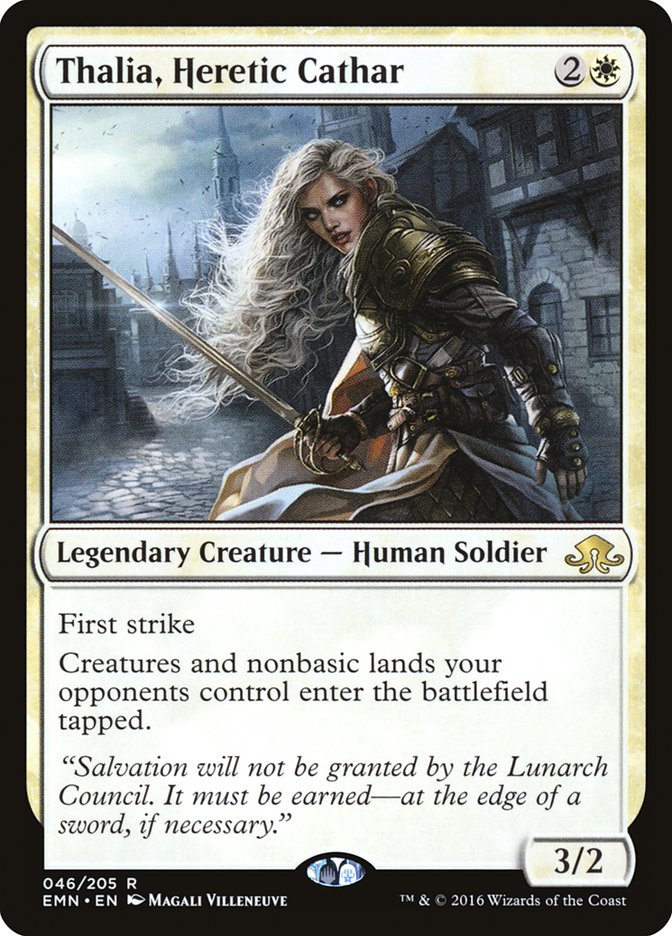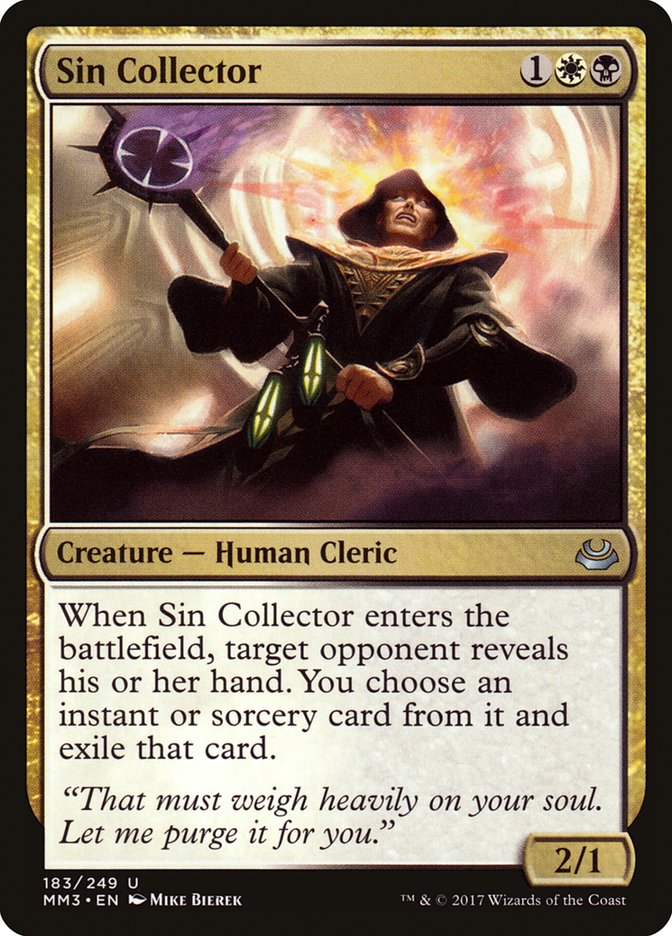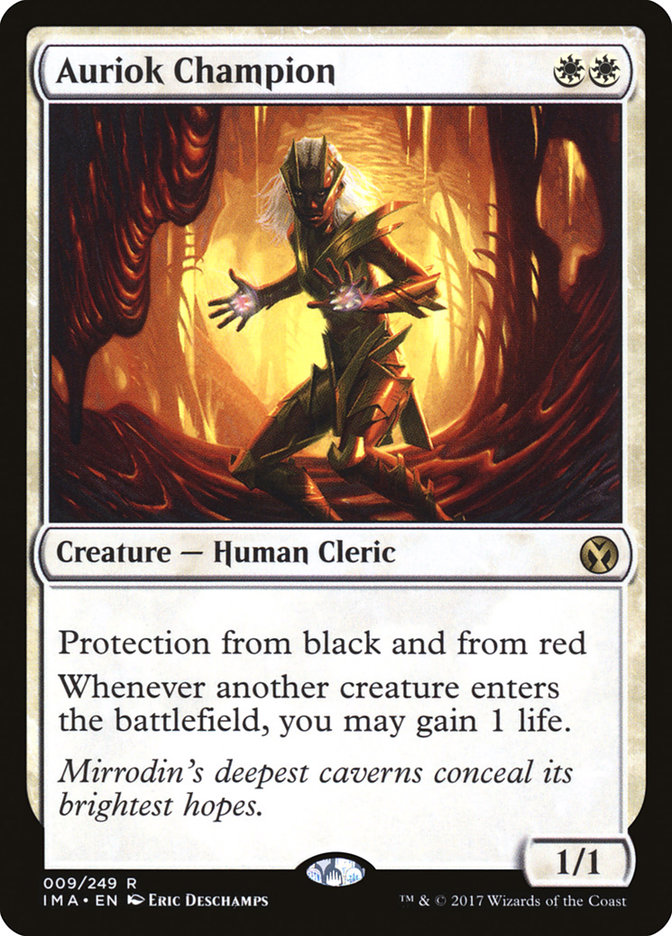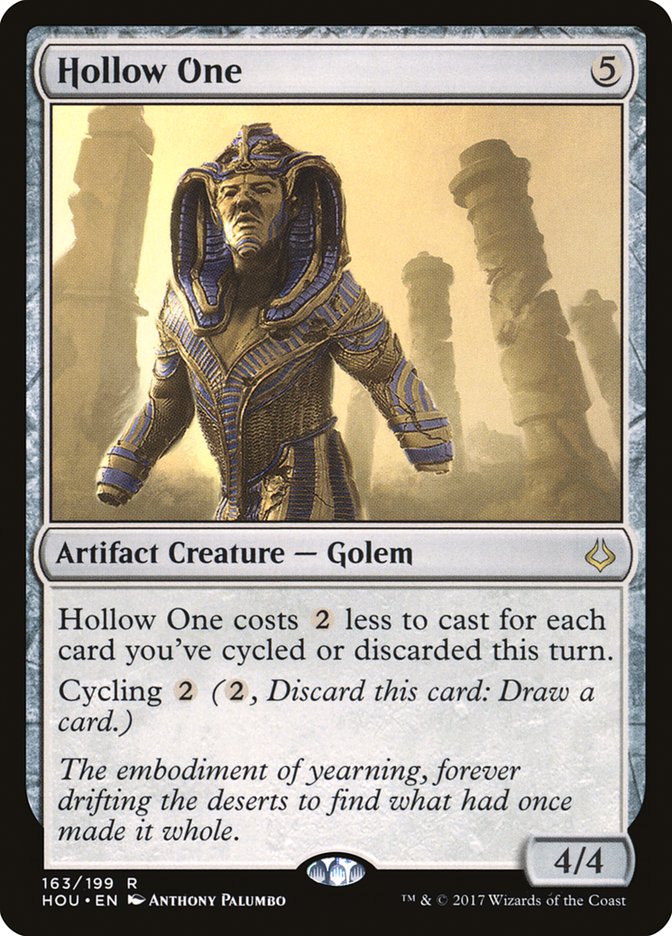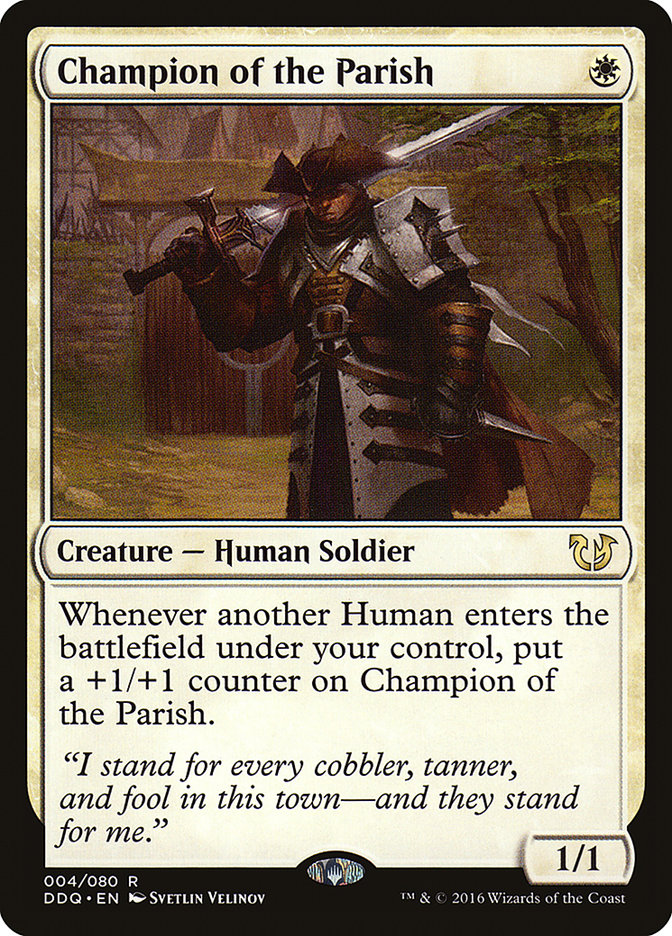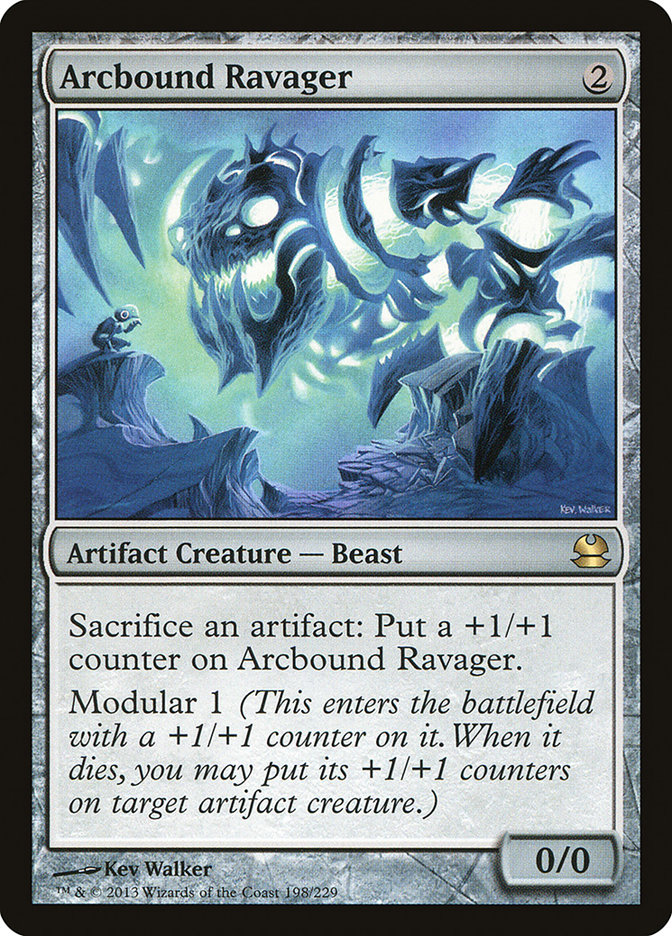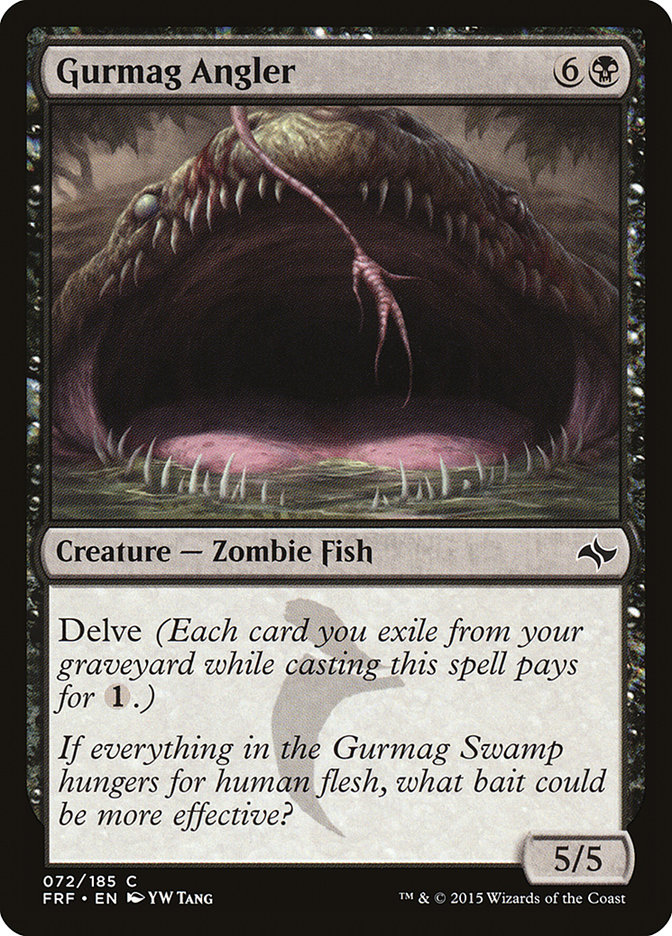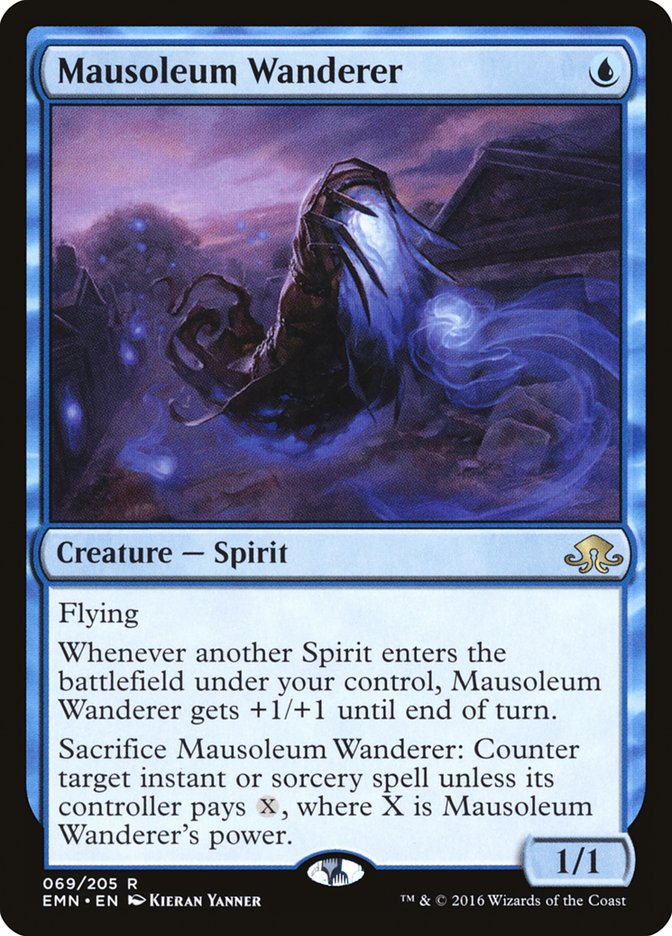This weekend is SCG Regionals, and I’m going to come right out and say it:
This is one of my favorite events to play in every season, just behind the
SCG Invitational at SCG CON.
Why is that? Primarily it’s three things:
For starters, Regionals is an event that is close to home and only one day.
As much as I love traveling and playing Opens and seeing all of the
familiar faces of the SCG Tour, it can be very taxing and sometimes leaves
me feeling wiped come Monday morning.
Secondly, Regionals is an event where unlike an Open, even a local one, I
get a chance to compete against players I know or see often! When I stopped
playing PPTQs to attend more high-profile events, this is something I
really came to miss about tournaments. Magic is great in part because of
the community we have and while before I may not have appreciated it much,
now I love being a part of that. Regionals is the kind of event that
reminds me of what playing Magic was like when I was just a young bright
eyed PTQ grinder with too much time on the weekends, and as a player who’s
graduated that scene it feels like a homecoming of sorts.
Which brings me to the final reason I love playing Regionals:
In a room full of so many familiar faces, the metagame can be very
predictable.
Week to week on the SCG Tour, winners of the Modern metagame as a whole
rise to the top over fifteen rounds of Swiss and give us a snapshot of the
winners and losers of the week. Due to the length and size of Opens this is
the case, but with half as many rounds at Regionals it can be a lot more
difficult to be a part of the cream rising to the top.
Luckily, in a room full of familiar faces, the metagame is something you
already have a picture of if you’re a player who’s in touch with their
local scene. I’m not saying to go overboard or anything–don’t play one of
Ari Lax’s list of unplayable decks if they’re unplayable decks–but
consider within the Modern metagame what you’re dealing with.
Let me go back to my pick for what I’d play in GP Atlanta over the weekend,
Humans:
Creatures (37)
- 4 Meddling Mage
- 4 Noble Hierarch
- 4 Phantasmal Image
- 4 Champion of the Parish
- 3 Thalia, Guardian of Thraben
- 4 Mantis Rider
- 4 Reflector Mage
- 4 Thalia's Lieutenant
- 2 Thalia, Heretic Cathar
- 4 Kitesail Freebooter
Lands (18)
Spells (5)
Sideboard

I built this list of Humans with the Modern metagame at large in mind after
playing in Charlotte and adjusted my flex slots accordingly. For this build
I settled on Thalia, Heretic Cathar as my three-mana creature of choice,
and Auriok Champions and Damping Spheres as my last additions to the
sideboard. Notably though, if I decide to play Humans again for Regionals
this weekend, I’d probably do something different.
The metagame I expect at my Regionals will be pretty Dredge-light, heavier
on more controlling strategies like Azorius Control or Mardu Pyromancer,
and some of the more popular decks will be Tron and Humans.
Because of these expectations, for my Regionals this weekend I’m sticking
to my guns on Thalia, Heretic Cathar as a trump to the mirror matches and
Tron decks in the maindeck, but Sin Collector is likely in and Auriok
Champion is out. Call it foolish if you’d like to avoid respecting Dredge
and its presence in the metagame, but it’s a deck I expect to be extremely
underrepresented in the field especially with the recent success of decks
like Hollow One that don’t entirely rely on the graveyard to
function. My prediction is that anyone who would normally play Dredge will
swap over to one of these decks as they’re probably sick of seeing copies
of Rest in Peace hit the battlefield against them before they get going by
now, so I shouldn’t worry.
Humans is such a strong deck in Modern because of the wealth of options and
flexibility it has, while also being very powerful. This makes it the
perfect kind of deck to make a metagame read with, because it has such a
high floor on being wrong and such a high ceiling on being correct about
your call. In Charlotte, I played what turned out to be a very poorly built
version of Humans. I had one of the worst three-drops in my maindeck that
weekend and it often felt like I only had nine sideboard cards to choose
from because of my overcommitment to graveyard hate. My metagame prediction
of Dredge still being very heavily played that weekend was off, but
fortunately Humans is such a strong deck on its own that my shortcomings in
deckbuilding weren’t of much consequence.
For this reason, Humans is my frontrunner for Regionals, and I think it
should be one of yours as well if you’re still on the fence about things,
but let’s not stop here. How about we look at some bigger gambles?
Creatures (24)
- 4 Street Wraith
- 4 Bloodghast
- 2 Gurmag Angler
- 4 Flamewake Phoenix
- 2 Tasigur, the Golden Fang
- 4 Flameblade Adept
- 4 Hollow One
Lands (15)
Spells (21)

If you want to talk gambling, nothing says gambling like casting a copy of
Burning Inquiry to start up the game. Martin Juza took this fairly
traditional take on Hollow one to a strong Top 8 finish at GP Atlanta last
weekend and I expect it had a lot to do with the rise of Bant Spirits as
the creature deck of choice.
Hollow One and I have had a storied and complicated relationship over the
course of the last five or six months. I’ve played countless matches with
variants of the deck, involving almost every different maindeck and
sideboard card you could think of and I think the deck is very good.
There’s just one problem with it; although it’s a very fast deck, the other
good aggressive options in the format can outsize it very easily.
Playing a Hollow One on Turns 1 or 2 in any given game is usually good
enough to beat most decks that aren’t prepared for it. Following that up
with a Gurmag Angler and returning Bloodghast or Rekindling Phoenix really
puts any opponent on the backfoot in Modern. In most wide-open fields, I’ve
been a huge proponent of playing Hollow One because it takes the initiative
and is extraordinarily explosive.
The big trade-off though for this speed is that Hollow One as a creature
gets outclassed very quickly by a lot of draws out of Humans involving
Champion of the Parish on Turn 1 or decks like Hardened Scales which can
make anything gigantic through an Arcbound Ravager.
Simply put, their threats grow, and Hollow One’s don’t. Mana for mana and
card for card, Hollow One winds up defeated at the hands of the other
aggressive decks in Modern far too often for it me to consider it a real
powerhouse for the time being.
That was, until, a new frontrunner emerged like it did over the weekend.
Creatures (30)
- 4 Noble Hierarch
- 3 Phantasmal Image
- 1 Geist of Saint Traft
- 4 Drogskol Captain
- 3 Reflector Mage
- 1 Rattlechains
- 4 Spell Queller
- 2 Selfless Spirit
- 4 Mausoleum Wanderer
- 4 Supreme Phantom
Lands (18)
Spells (12)

Bant Spirits is a deck that promises to fly over you with a powerful aerial
force backed up by Drogskol Captain and Supreme Phantom. Unlike Humans, it
has more expensive creatures with worse rates and lacks cards that outsize
the threats Hollow One has access to. It also lacks a permanent growth
effect for its creatures like Thalia’s Lieutenant leaving Bant Spirits more
susceptible to removal, which gives Hollow One an edge.
I don’t know about you, but I’m betting on the fish.
I say that playing Hollow One is a gamble in most metagames because the
Humans matchup is so rough. Don’t let that stop you though if you think
that the metagame you face will be full of people hopping onto the
#SpiritSquad bandwagon and people playing decks with slower graveyard hate.
Because if that’s the case, you can’t do much better than Hollow One this
weekend.
On the other side of the fence, if you think your metagame will be
dominated by decks fighting the “I’ve got more +1/+1 counters” fights
there’s always the classics.
Creatures (4)
Planeswalkers (2)
Lands (20)
Spells (34)

Jeskai Control has been a bit of a hot topic due to it’s continued, almost
illogical, level of success in the hands of players like Jonathan Rosum and
Benjamin Nikolich on the SCG Tour. This list is one I played thanks to the
true Jeskai master, Jonathan Sukenik, in both the Modern Open at Syracuse
and as the Modern player in the Team Constructed Open in Columbus. It felt
phenomenal. Since then, the resurgence of Dredge and Big Mana decks have
forced me to put the deck down, but if I sincerely believed that I’d play
against seven or eight rounds of Humans, Azorius Control, and assorted fair
decks, this would be my weapon of choice.
Any control deck can be built with a given metagame in mind and when it’s
executed well with a familiar pilot at the helm, the sky is the limit for
the results. For what I’m expecting to play against this weekend, I think
my Teferis are staying on the shelf, but after seeing what Benjamin
Nikolich can do with a pile of Jeskai cards the night before an event,
anything is possible when it comes to the Hero of Dominaria.
For the previous Regionals to this one, I was in a position where I needed
a strong finish to qualify for the Invitational, and I chose Jeskai for
that event. There really is something to be said for the feeling of having
your fate in your hands when you play an event with a lot on the line and
Jeskai really provided that for me. Not only that, but Jeskai is also a
deck I’m very comfortable with, and with a clear idea of what I would play
against in that event familiarity and flexibility are very appealing
traits.
Knowing enough about your local metagame to make decisions like this is a
very valuable resource that can give you a leg up on the competition and
serve as good practice for making good metagame decisions on a bigger
level. Recently, I have been trying to make a point of staying ahead of the
curve rather than on it in Magic, and I think Regionals is the perfect kind
of event to test your reads on what the metagame is like. Just remember to
not outsmart yourself and keep it simple:
-
You’re still playing a Modern tournament so you never truly know
what you’ll play against next. - Metagame against strategies more than specific decks.
-
Always play a deck you’re comfortable with first, tune it towards
expectations second.
Good luck to everyone this weekend and feel free to say hey at SCG
Regionals in Baltimore!


